
Why is Your Electric Bike’s Back Tire Wobbling? Here’s What to Check
If your electric bike's back tire is wobbling, it often indicates issues like loose spokes, misalignment, or worn tires. Addressing these problems quickly is essential for your safety and bike performance. In this article, we'll outline the common causes and solutions to ensure a smooth ride.
Understanding the Problem
A wobbling back tire is not just an inconvenience; it can lead to unstable rides and difficulty in maintaining control, particularly at higher speeds, increasing the risk of accidents. Additionally, it can cause uneven wear on other components, potentially shortening your electric bike lifespan.
Recognizing the mechanics behind the wobble, such as imbalance or misalignment, is crucial for effective diagnosis. Addressing these issues promptly can prevent minor problems from escalating into costly repairs, ensuring your adult bike with big wheels remains a safe and reliable mode of transportation.

Common Causes of Rear Tire Wobble
Loose or Damaged Spokes
Loose or damaged spokes are among the most common causes of a wobbling back tire. The spokes are integral to maintaining the wheel's structural integrity, distributing weight evenly and keeping the wheel round and true. If they become loose or break, the wheel can lose its shape and symmetry, leading to wobble. This can affect not only the bike's handling but also its overall performance.
How to Check:
1. Inspect the spokes visually for any obvious damage or missing spokes. Pay close attention to any that appear bent or out of place.
2. Gently squeeze pairs of spokes together to check for looseness. They should feel tight and firm, offering resistance when squeezed.
3. Listen for any unusual noises while riding, such as clicking or rattling, which can indicate loose spokes. These noises are often more noticeable on rough terrain or at higher speeds.
Solution:
If you find loose or damaged spokes, it's advisable to have them tightened or replaced by a professional at a bike shop. Tightening spokes requires specific tools and expertise to ensure the wheel remains balanced and true. Attempting to fix them without the proper knowledge could exacerbate the problem, leading to further damage.
Misaligned Wheel
A misaligned wheel is another potential cause of rear tire wobble. This misalignment can occur if the wheel isn't centered correctly in the bike frame or if it was improperly installed. A misaligned wheel can lead to uneven tire wear and affect the bike's handling, making it difficult to steer accurately.
How to Check:
1. Lift the bike so the back wheel is off the ground. This allows you to freely spin the wheel without resistance.
2. Spin the wheel and observe its motion closely. It should spin smoothly without any side-to-side movement or wobbling.
3. Check that the wheel is centered between the frame's rear forks, ensuring it aligns evenly on both sides.
Solution:
If the wheel is misaligned, you'll need to loosen the axle nuts or quick-release lever, realign the wheel, and tighten it securely. Ensure the wheel is centered and spins true before riding. It's important to address misalignment promptly to prevent further damage to the bike's components.
Tire and Rim Issues
Worn or improperly seated tires can also contribute to wobbling. Additionally, a bent or damaged rim can lead to an uneven ride, affecting both comfort and safety. The condition of both the tire and rim is vital for maintaining a smooth and stable ride.
How to Check:
1. Inspect the tire for wear and tear, particularly on the sides. Look for any bulges, cracks, or uneven tread wear.
2. Ensure the tire is seated properly on the rim all the way around. An improperly seated tire can cause imbalance and wobbling.
3. Check the rim for any visible bends or dents, as these can compromise the wheel's integrity and lead to wobbling.
Solution:
Replace worn or damaged tires to restore optimal performance and safety. If the rim is bent, it may need to be trued (straightened) by a professional. In severe cases, replacing the rim might be necessary to ensure the bike's stability and safety.
Loose Hub or Bearings
The hub is the central part of the wheel, housing the bearings that allow the wheel to spin smoothly. A loose hub or worn bearings can cause the wheel to wobble, affecting the bike's overall performance. The hub and bearings are critical for maintaining a smooth and stable ride.
How to Check:
1. Hold the wheel at the top and bottom and try to rock it side to side. There should be minimal movement, indicating that the hub is secure.
2. Spin the wheel and listen for grinding noises, which can indicate bearing issues. Smooth and quiet spinning suggests that the bearings are in good condition.
Solution:
If the hub is loose, tighten it with a wrench to secure it in place. If the bearings are worn, they may need to be replaced to ensure smooth operation. This task can be complex and might require professional assistance to ensure it is done correctly.
FAQs:
Common signs include a noticeable shaking or rocking sensation while riding, uneven tire wear, and difficulty in steering or maintaining a straight path. You may also hear unusual noises when riding.
Essential tools include a spoke tension meter for measuring spoke tightness, a truing stand for checking wheel alignment, and calipers to measure rim diameter and consistency.

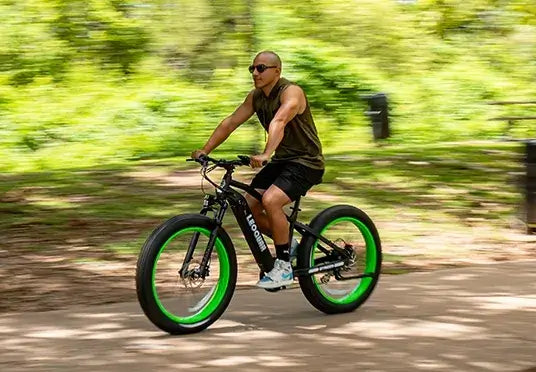
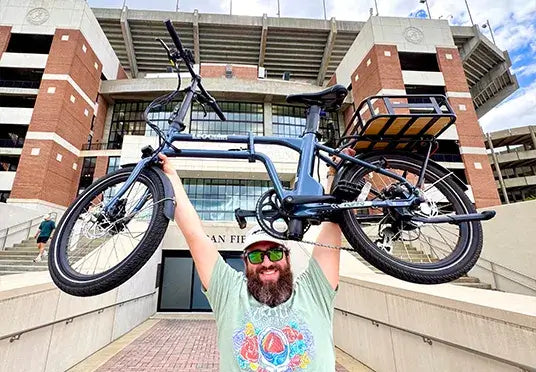

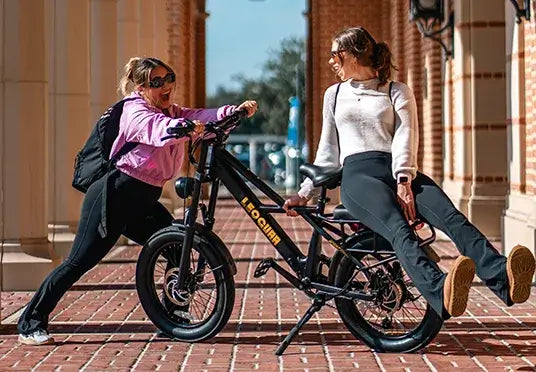
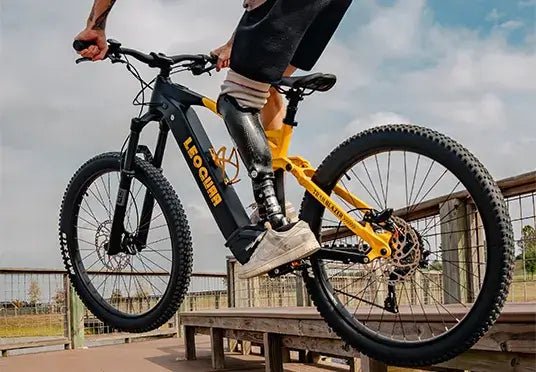

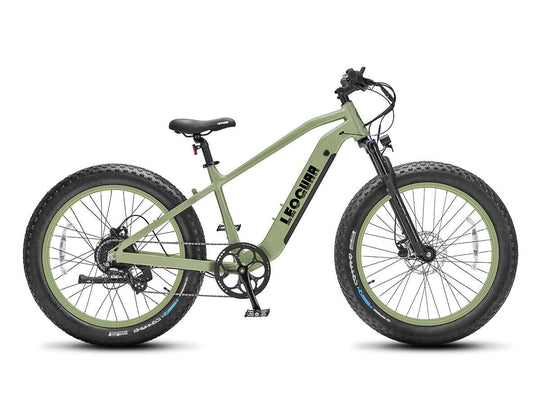
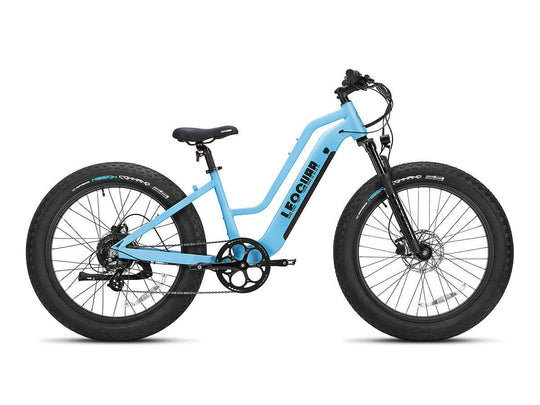
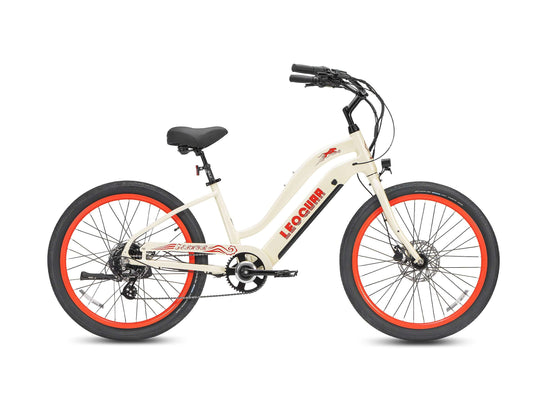
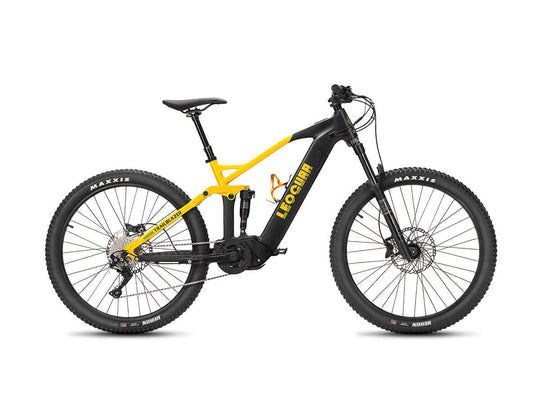

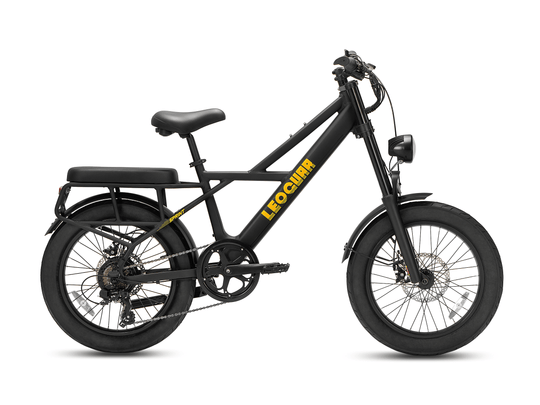
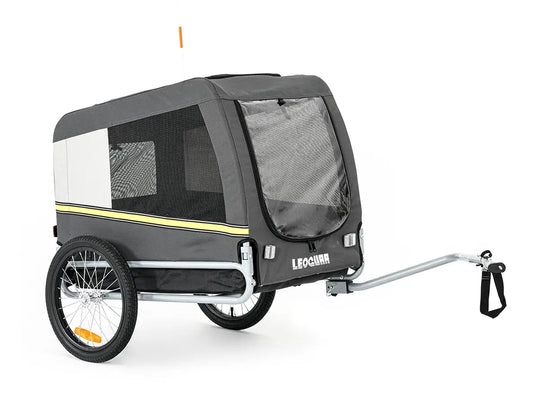
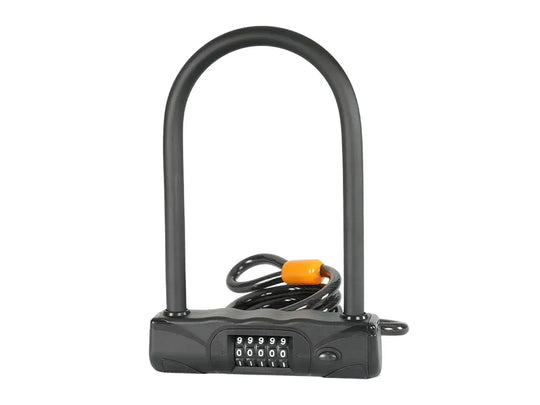

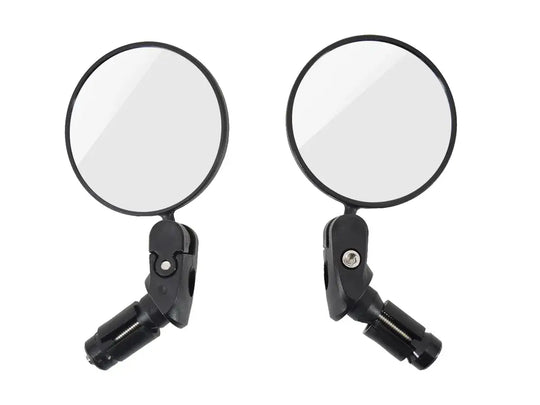
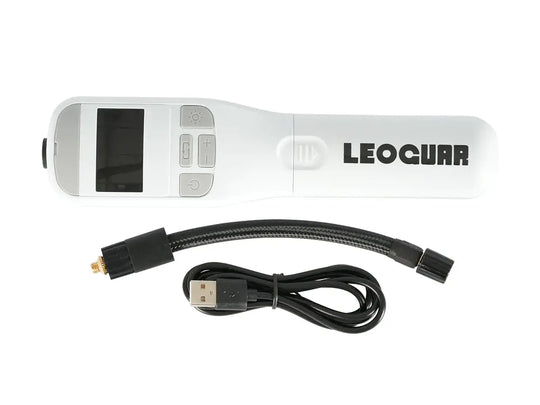
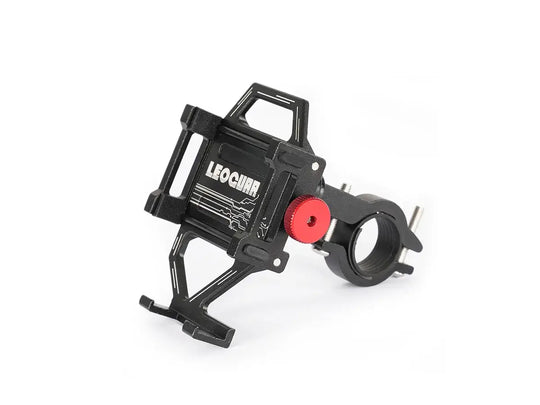
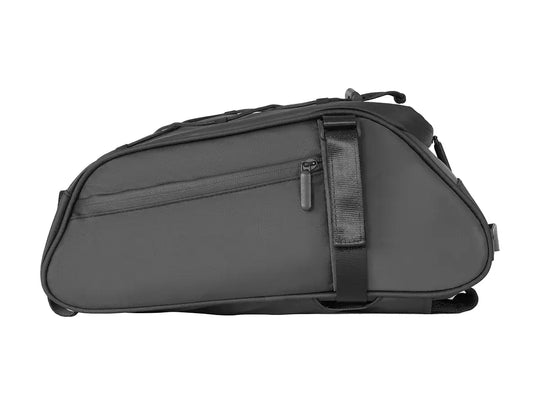
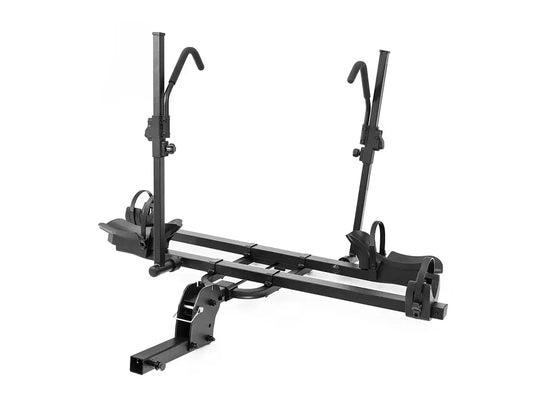
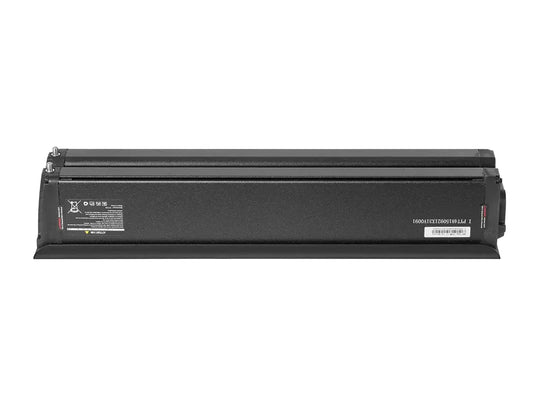

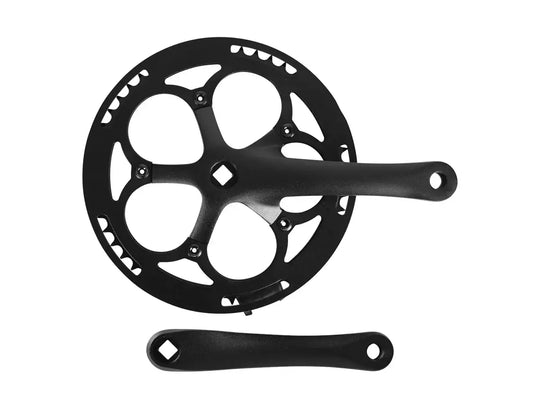
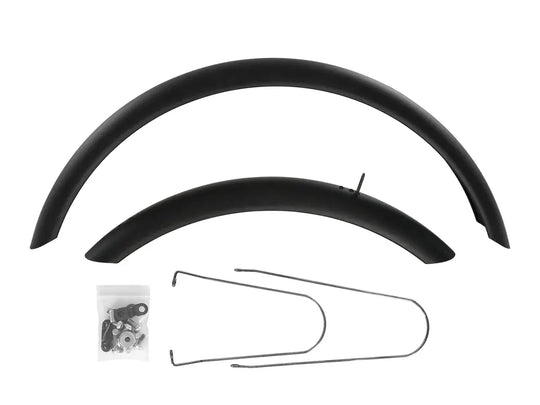
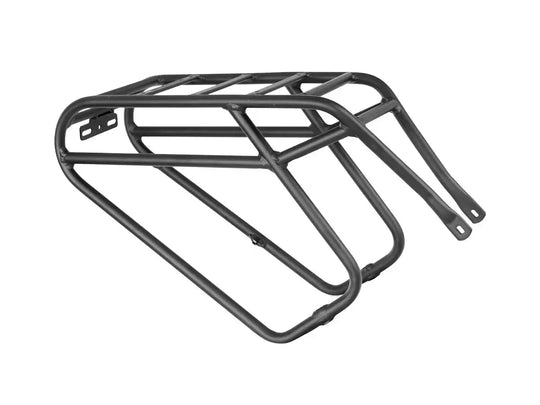
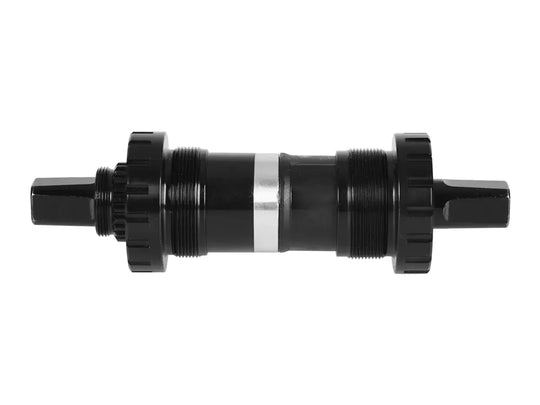
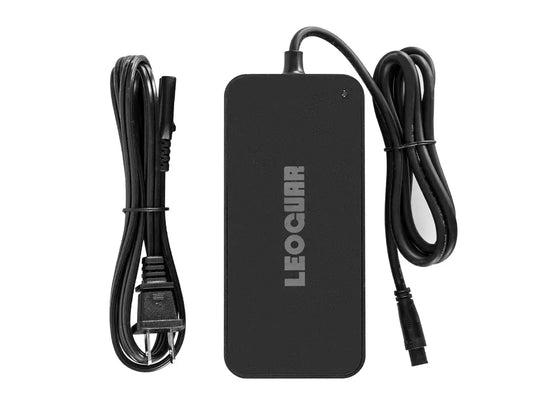
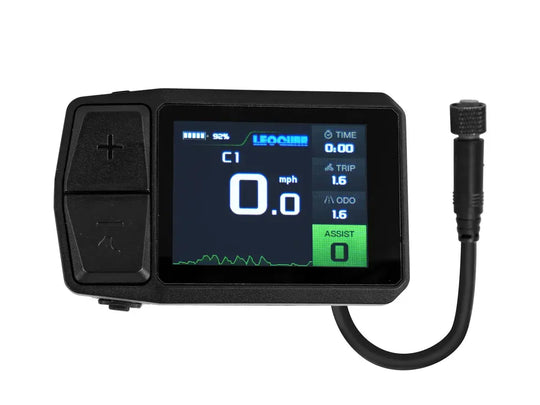

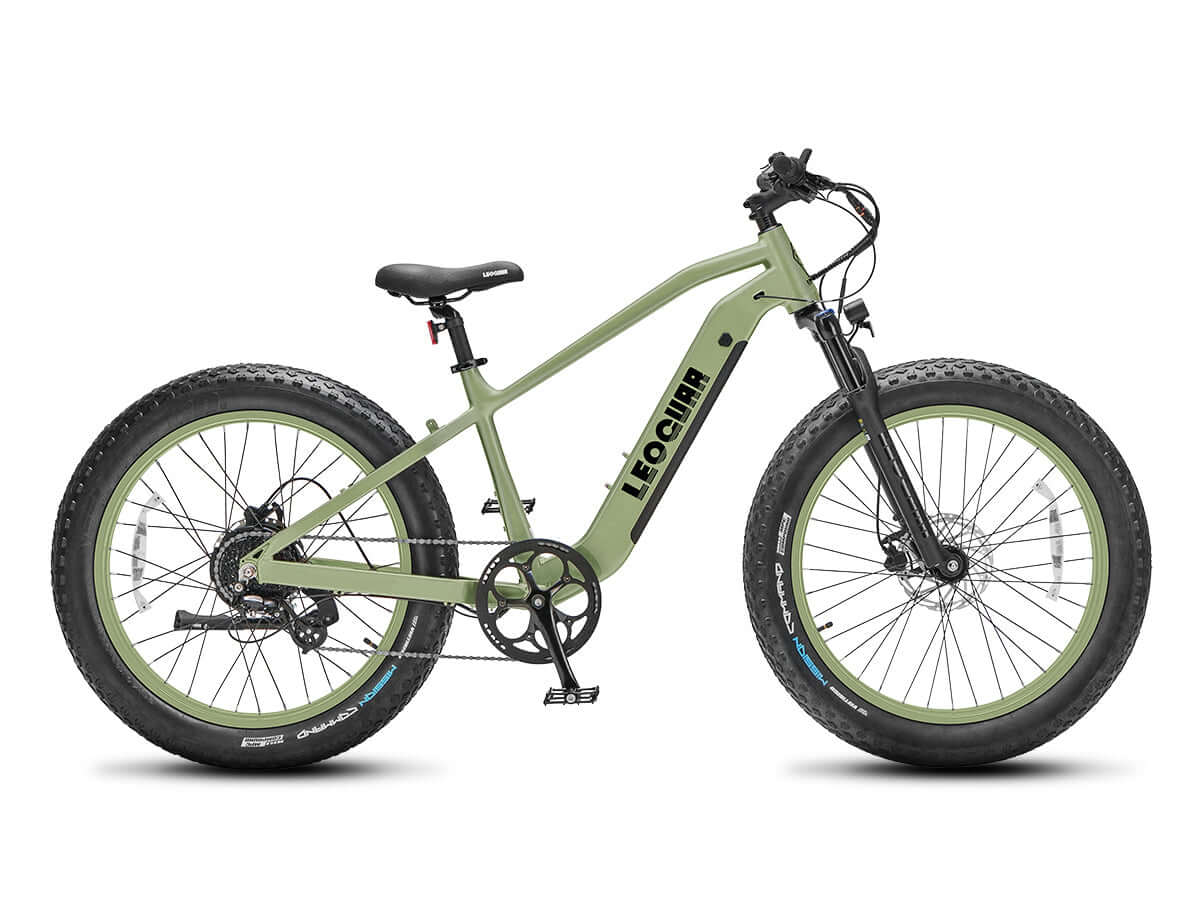







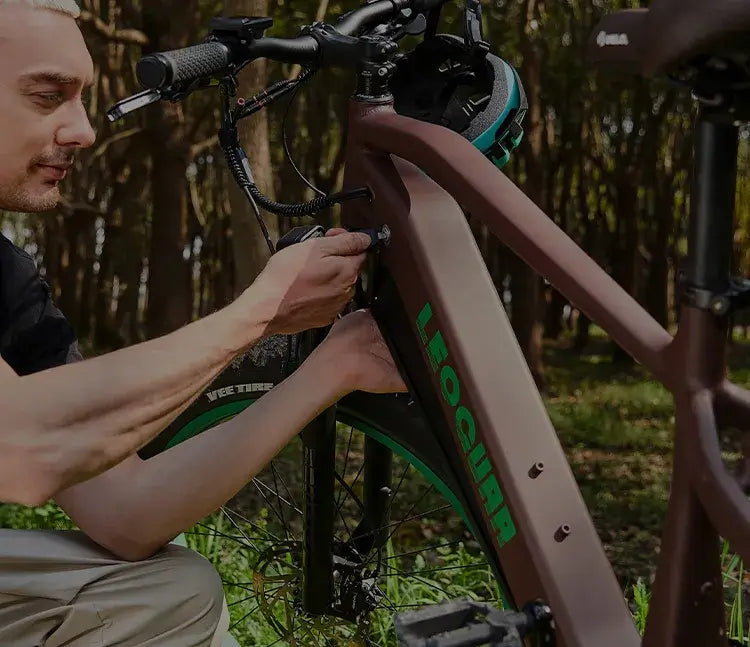
Leave a comment